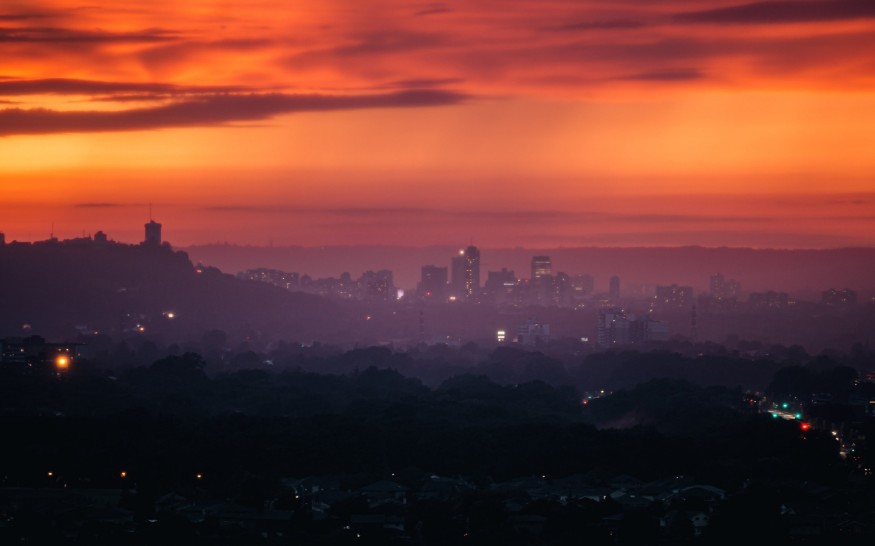
A hazy African dust cloud from the Sahara Desert has reached the Atlantic Ocean and could reach the Gulf Coast, including Louisiana, by the weekend.
This dust cloud is known as the Saharan Air Layer (SAL) and is formed when dust from the African desert is carried across the Atlantic Ocean. This occurs annually from May through August.
SAL can reach as far as the central United States. Air pollution and health problems occur as the hazy dust cloud travels.
Experts estimate the dust cloud will sweep across the Caribbean before reaching the U.S. Gulf Coast, as it was still over the Atlantic Ocean on Tuesday.
Alex Sosnowski, a senior meteorologist at AccuWeather, pointed out that satellite photos have shown a large amount of dust since the beginning of the week. It is currently beginning to move into the Caribbean.
The meteorologist added that there is a possibility that the dust will reach areas in the southern area of central United States, including Florida, in a few days.
The National Aeronautics and Space Administration's dust forecast model shows some dust in the sky on Sunday over the western Gulf Coast from Louisiana to Texas.
Effects of the Traveling African Dust Cloud
Sosnowski pointed out that the biggest and most obvious impact will be the haze that will cover the sky.
AccuWeather hurricane expert, Dan Kottlowski, explained that a large amount of the dust is now crossing the main developing region of the tropical Atlantic, bringing hazy skies to the eastern Caribbean over the next two days. He added that the dust will dissipate over time.
The European Copernicus Atmosphere Monitoring Service model (CAMS) shows the dust plume moving eastward, leaving out most of the Gulf Coast except for some parts of Florida.
Although the dust plume hovers about a mile above the surface, it can still pose several health risks if particles fall from the 2.5-mile-thick dust cloud.
Dr. Meredith McCormack, associate professor of medicine and Medical Director of pulmonary medicine at John Hopkins University said most Saharan dust particles that reach the U.S. are too large to be inhaled. McCormack is also a volunteer medical spokesperson for the American Lung Association (ALA.)
NASA explains that fine silica particles can irritate people's eyes, ears, nose, and throat. In some cases, it can penetrate lung tissue, aggravate sensitivities, and impair vision.
McCormack added that health risks caused by particulate matter can include aggravated asthma attacks and even heart disease. People with lung and heart disease are most at risk during this time.
Sosnowski also discussed the possibility that the SAL hinders clouds and promotes hot summer days.
On the other hand, the hazy dust cloud can also hinder the formation of tropical cyclones and provide colorful sunsets.
© 2025 NatureWorldNews.com All rights reserved. Do not reproduce without permission.





